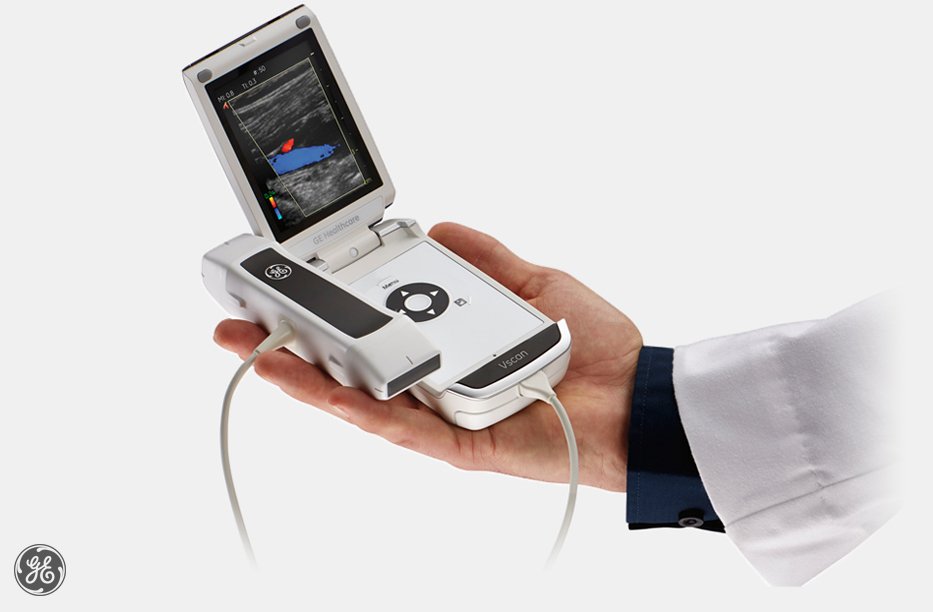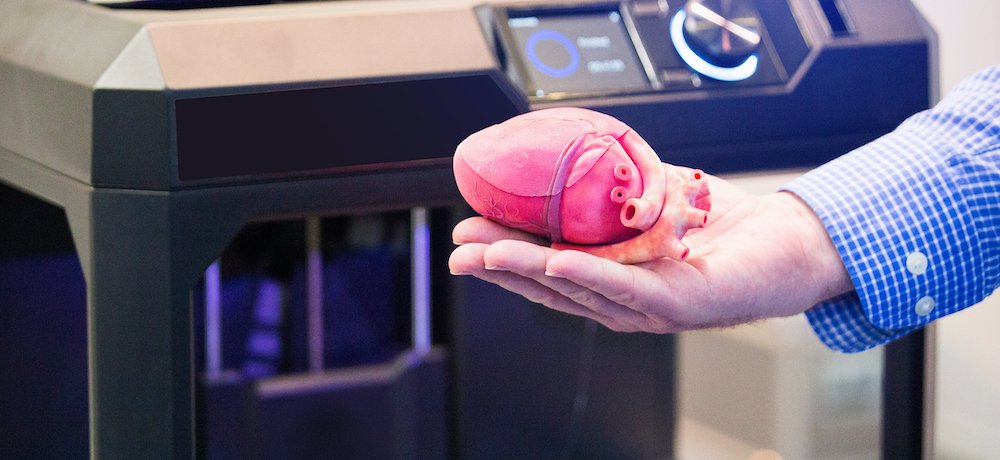The ongoing and rapid global revolution of innovative technologies is transforming the healthcare industry remarkably. Certainly, strong emphasis and increased investment are set to drive the industry more than any other in the future. Therefore, this article will explore 10 Technologies Revolutionising Healthcare.
How are Humans Transforming Healthcare?
“Revolutionising Healthcare” is a term used to define the significant and fundamental changes and advancements occurring in the healthcare industry. Consequently, these changes have happened due to the integrations and applications of innovative technologies.
Exploring the top 10 Technologies that are Transforming healthcare.
1. Artificial Intelligence
Artificial intelligence (AI) is one of the powerful technologies that has the potential to transform healthcare completely. Correspondingly, AI revolutionised disease diagnosis, personalised treatment plans, and assisted clinicians with decision-making. Furthermore, it mines medical records, analyses and designs treatment plans, develops drugs more quickly than any doctor, and diagnoses cancers. Undoubtedly, AI revolutionised drug discovery trials and development processes in the pharmaceutical industries as well as designing and conducting large clinical trials and analysing genomic data. Nevertheless, the use of AI use in healthcare has legal, ethical, and security concerns with increased cyberattacks.
2. Extended Reality (XR)
Extended reality (XR) is an umbrella term consisting of immersive virtual reality (VR), augmented reality (AR), and mixed reality (MR). Notably, Virtual Reality (VR) is transforming the lives of both physicians and patients. Consequently, doctors are now able to display real-time X-rays, MRIs, and ultrasound images directly onto a patient’s body. Furthermore, VR also enhances surgical training, leading to a remarkable (up to 230%) performance increase in surgeons trained compared to traditional methods. Conversely, Augmented Reality (AR) has distinctive features making this technology the driving force in the future of healthcare. For example, with AR, medical students could get better prepared for real-life operations as they access accurate and detailed clinical data, as well as allowing surgeons to improve their capabilities.
3. Health Trackers, Wearables, And Sensors
This category includes health trackers, wearables, watches and sensors that revolutionised the way we monitor and manage our well-being. Certainly, they offer a wide array of functions including tracking physical activity and monitoring heart rates, assessing sleep quality and managing stress. Hence, health trackers, wearables, and sensors empower individuals to take a proactive role in their health, providing real-time data and insights that can lead to healthier lifestyles making them indispensable tools in the rapidly advancing field of digital health. Meanwhile, the market value for wearable technology is expected to surge to a staggering valuation of $380.5 billion by 2028, a significant leap from its estimated worth of $115.8 billion in 2021.

Source: MobiSoft
4. Portable Diagnostics Devices
Portable diagnostics include devices capable of diagnosing or monitoring diseases both within and outside traditional healthcare settings. Moreover, these devices perform medical diagnostics ranging from analysing bodily fluid chemistry to capturing real-time images of internal organs. Consequently, these tools have a crucial role in transforming healthcare, shifting the focus to patients as the point of care.
Portable diagnostic tools encompass a range of technologies including:
- Hand-held ECG
- Blood pressure monitor
- Multidiagnostic devices
- Digital stethoscope
- Portable ultrasound
- Otoscope
- Vision test

Source: Serious MD
How Can Portable Diagnostic Tools Transform Healthcare?
- Increase accessibility of medical testing
- Provide real-time test results and facilitate immediate decision-making
- Enable early detection of diseases and conditions
- Providing at-home diagnosis and monitoring platforms
- Increase the cost efficiency of the diagnosis
- Facilitate telemedicine and enable remote consultations and monitoring
- Facilitate point-of-care testing in emergency rooms, ambulances
- They are customisable for specific medical needs
- Reduced turnaround time
- It empowers patients
5. Electronic Medical Recording
Electronic medical recordings (EMRs) improve patient data collection and the seamless transfer of medical records represents one of the most transformative impacts of healthcare technologies. Furthermore, these technologies establish effective data networks, ensure rapid diagnosis, provide consistent treatment with a lower rate of mistakes, and improve the continuity of patient care. Additionally, in high-pressure tertiary hospital environments, this digital technology helps to schedule shifts and guide patient interactions.
In our digitally connected world, the benefits of EMRs include:
- Improved patient care
- Improved diagnostics and patient outcomes
- Practice efficiencies and cost savings
6. Next Generation DNA Sequencing Technologies In Disease Diagnosis And Treatment
Genomics is a relatively new scientific discipline that has evolved over the past 15 years with high throughput DNA sequencing as its core technology. Subsequently, the arrival of next-generation sequencing (NGS) was the first of several recent transformative advances in genomics. Evidentally, the rapid development of NGS has brought radical transformation in cancer diagnosis and treatment. Concurrently, in addition to improving diagnostic accuracy and treatment effectiveness, DNA sequencing technology has significantly reduced healthcare costs and expanded the scale of genome characterization. As noted by Koboldt, et al, DNA sequencing has empowered clinical diagnostics and various aspects of medical care, including disease risk, therapeutic identification, and prenatal testing.
7. Drug Development Technologies
The field of drug development stands at a critical crossroads, with technological advancements and medical innovation. Additionally, companies are now able to use AI and machine learning (ML) together with other powerful tools to revolutionise drug discovery and development regulatory processes. Moreover, these companies harness genomics and other drug development technologies to expedite the development of cost-effective drugs and enhance the probability of success.
8. Telehealth And Digital Therapeutics
Telehealth enables healthcare providers to provide virtual patient consultations which may incorporate live video, audio, or instant messaging to address patient concerns remotely. Within these virtual consultations, a range of services include medical advice, treatment of common illnesses, managing chronic conditions, and providing specialty services at the convenience of both doctors and patients. However, treating certain diseases or conditions remotely can be challenging and these technological solutions are not a replacement for in-person medical assessments.
Digital therapeutics are evidence-based, clinically evaluated treatments (software and devices) that utilise digital health technologies to improve patient outcomes. It includes monitoring, medication alterations, and behavioural modifications. These technologies streamline healthcare, reduce cost, improve access and quality, and personalise care.
Key benefits of digital therapeutics are:
- Increasing patient adherence
- Enhancing patient engagement and
- Utilising proven alternatives (i.e., non-drug) treatments
9. Organ Care Technology And 3D printing
3D printing is continuously advancing with exhilarating breakthroughs improving clinical care. Currently, this technology has enabled the creation of bio-tissues, regenerative heart valves that grow alongside patients, artificial limbs, retinal cells, blood vessels, and much more. Moreover, 3D printing technology plays a pivotal role in revolutionising organ care as exemplified by the successful implantation of a 3D-printed liver and prosthetics with a huge potential to revolutionise the entire healthcare industry. As a result, Australian doctors have accomplished the successful implant of a 3D-printed vertebrae into a human patient who was suffering from chordoma cancer. Indeed, the potential of 3D printing in healthcare is undeniably a game-changer with an estimated 12.5% market increase from 2023 to 2030. However, this high-tech innovation has not reached full maturity and is not yet at the stage of easily printing fully functional organs to eliminate transplant waiting lists.

Source: IStock
10. Nanotechnology And Robotics
Nanotechnology and robotics have significantly contributed to healthcare advancements they also revolutionised the way health professionals diagnose, treat, and care for patients. Also, robotics are emerging technologies in healthcare enabling minimally invasive surgeries, intricate tasks and minimising patient trauma. Equally, these innovations promise a future where medical treatments are not only more effective but also less invasive. In the context of robotics, surgical procedures are undergoing significant transformation with robotic surgery systems. Telemedicine and remote surgery, enabled by robotics, promise to overcome geographical barriers to accessing specialized medical care. Meanwhile, patient care robots, are assisting healthcare staff in medication delivery, monitoring, and providing companionship, easing the strain on the healthcare workforce and improving the patient experience. As a result, with ongoing advancements in both nanotechnology and robotics, the future of healthcare is poised for even greater breakthroughs in patient care and medical innovation.
Moving Forward with Technology that’s Transforming Healthcare
The rapid global transformation in innovative healthcare technologies is significantly shaping the healthcare industry implicating that there is a bright future for healthcare technology. By embracing these advancements, the healthcare system looks forward to meeting the needs of patients and empowers healthcare providers to deliver the best possible care.
The emphasis on healthcare technology is incomparably driving advancements that have far-reaching implications. From AI and XR to portable diagnostic devices and electronic medical recording, these technologies are enhancing patient care, diagnostics, and treatment. Genomics and digital therapeutics are revolutionising drug development and personalised care. Organ care technology and 3D printing have the potential to transform organ transplantation and create custom medical devices. Nanotechnology and robotics have ushered in a new era of precision in healthcare, offering minimally invasive surgery and advanced patient care. Henceforth, the healthcare industry is poised for further groundbreaking advancements, offering a brighter and more patient-centric future.
Why is it essential that we focus on technology that’s Transforming healthcare?
Join us in shaping a healthier and more sustainable future through innovative healthcare technology while focusing on SDGs. Embrace eco-friendly practices, support green healthcare initiatives, and harness the power of technology to expand healthcare access and reduce inequalities in alignment with SDGs 3 (Good Health and Well-being) and SGDs 10 (Reduced Inequalities). Together, we can drive progress, mitigate environmental impact, and accelerate global health solutions. Be part of the change for a brighter, more sustainable and thrivable world.
achieving the United Nations Sustainable Development Goals (SDGs) and how they link to Transforming Healthcare
In the pursuit of a sustainable future, the healthcare industry is making notable strides towards a healthier environment. Ecolabeling, and endorsing eco-friendly products and services are the best examples to generate the industry’s enthusiasm towards sustainability. Moreover, initiatives like green hospitals, innovative care models, and sustainable medical equipment further promote a healthier environment in the healthcare system. Concurrently, the sector aligns with the European Union’s ambitious decarbonisation goals.
The rapid change in innovative healthcare technologies has substantial links with SDGs and their role in enhancing access to healthcare services through telemedicine and mobile health apps in overcoming geographical barriers is a means to ensure SDG 3 (Good Health and Well-being) and reducing health inequalities (SDG 10) through expanding access and targeted interventions. Additionally, healthcare technology plays an important role in mitigating environmental impact (SDG 13) through sustainable equipment and practices. Furthermore, it accelerates research and development (SDG 17) by facilitating global collaboration, availability and sharing of high-quality data, critical for addressing global health challenges.
A Thrivable Framework
Innovative healthcare technologies are vital for a “thrivable” world where individuals and societies survive and “thrive.” THRIVE’s mission gains significance as we champion ‘thrivability’ in healthcare technologies. Our objective is to introduce the role of these innovative healthcare technologies in improving healthcare and the promise to the future in the industry. Within the THRIVE Framework, we meticulously examine pertinent issues within the healthcare sector and assess potential solutions.
With these premises, we advocate having the knowledge these technologies impact healthcare accessibility, quality, and improve health outcomes and perform predictive analyses to reinforce the Thrivable world across various cutting-edge agendas.




